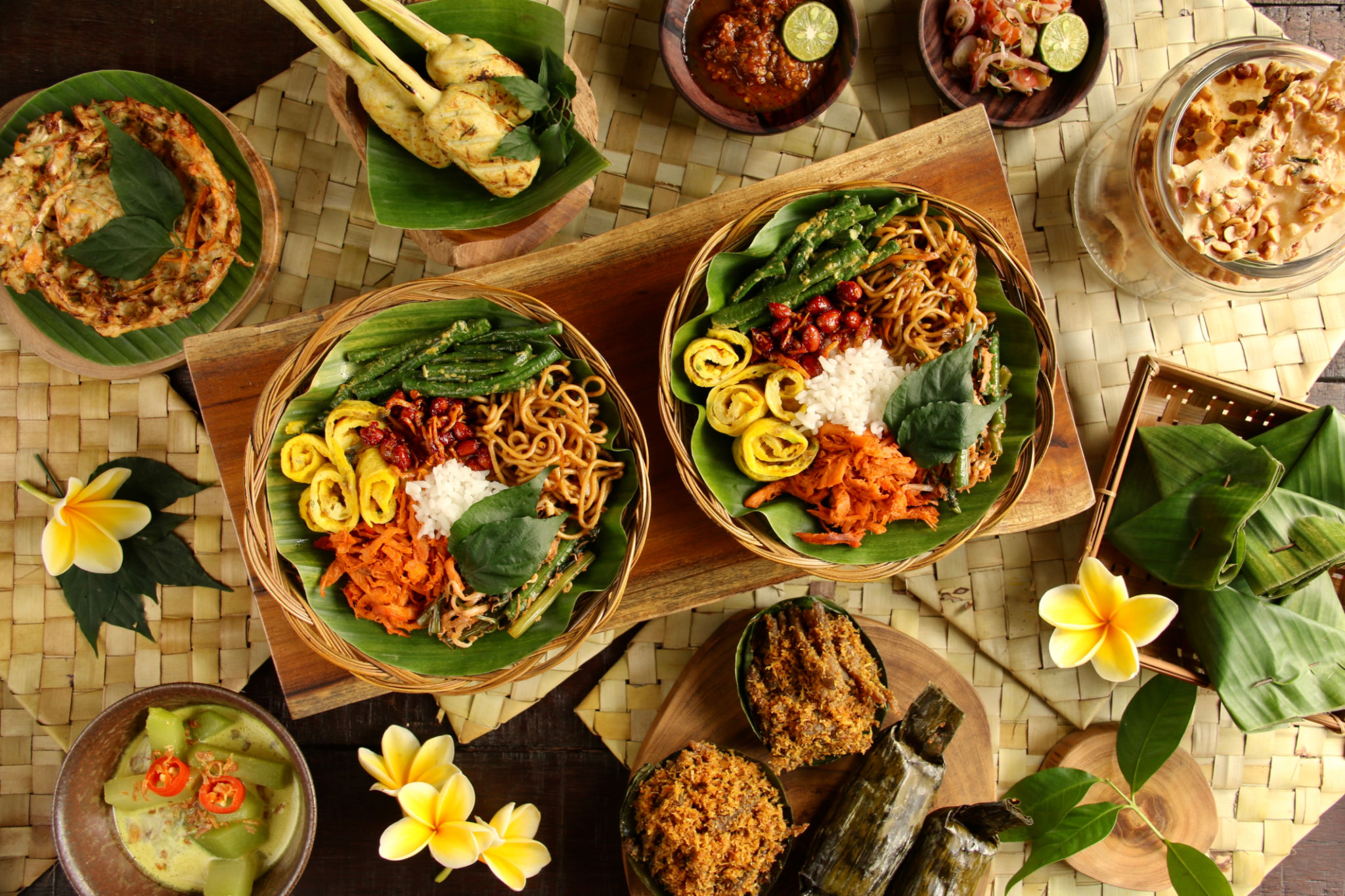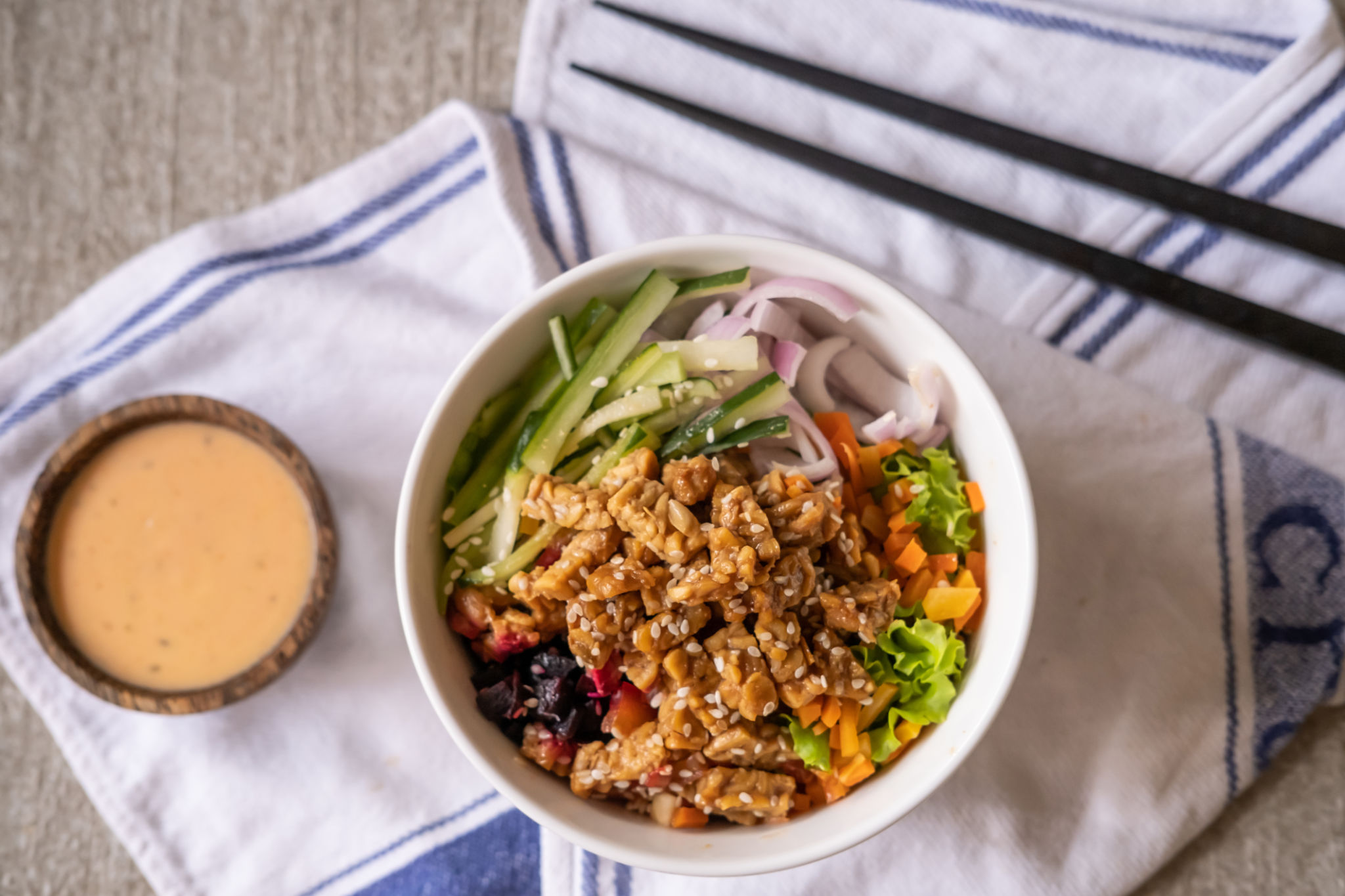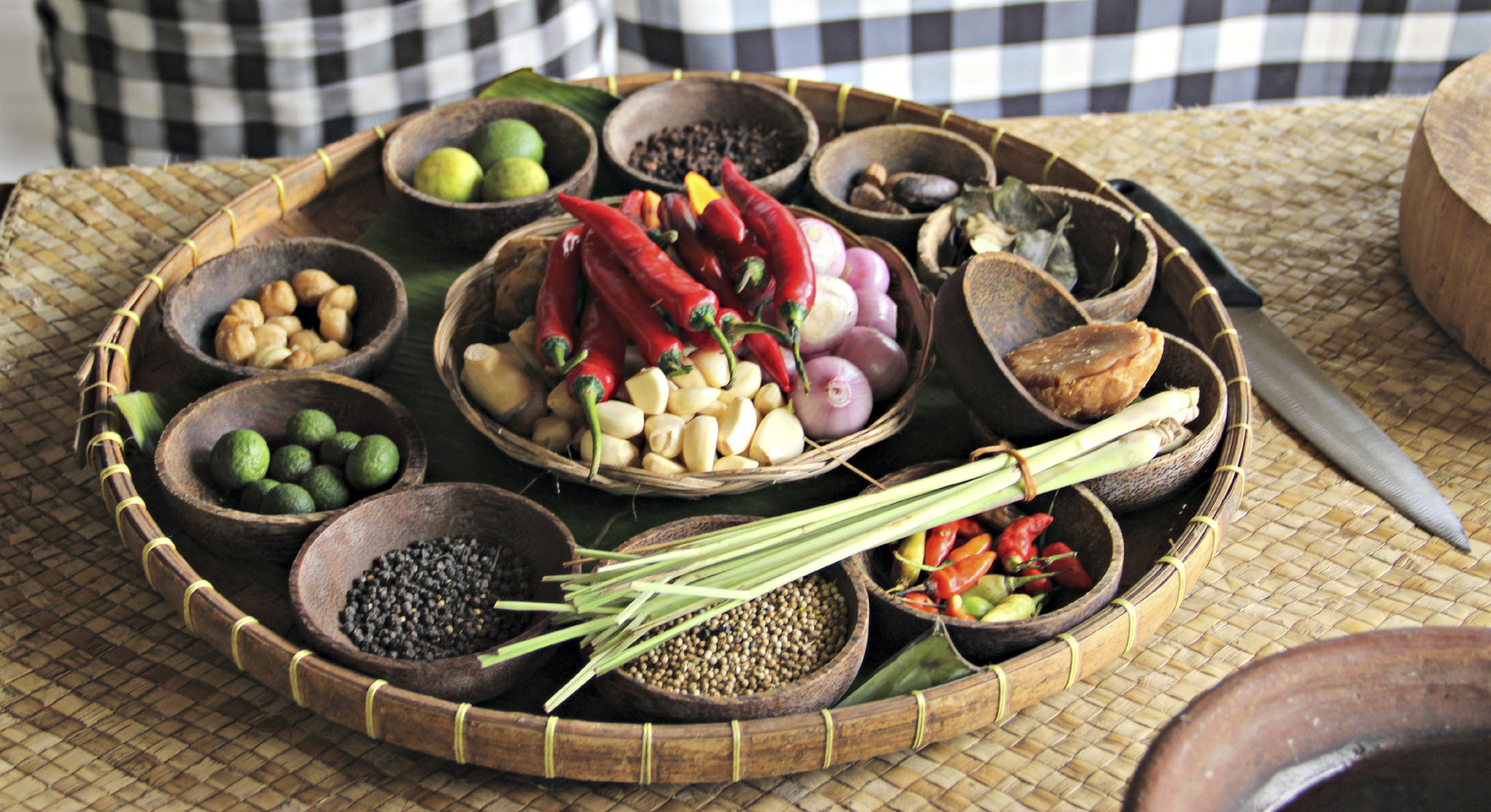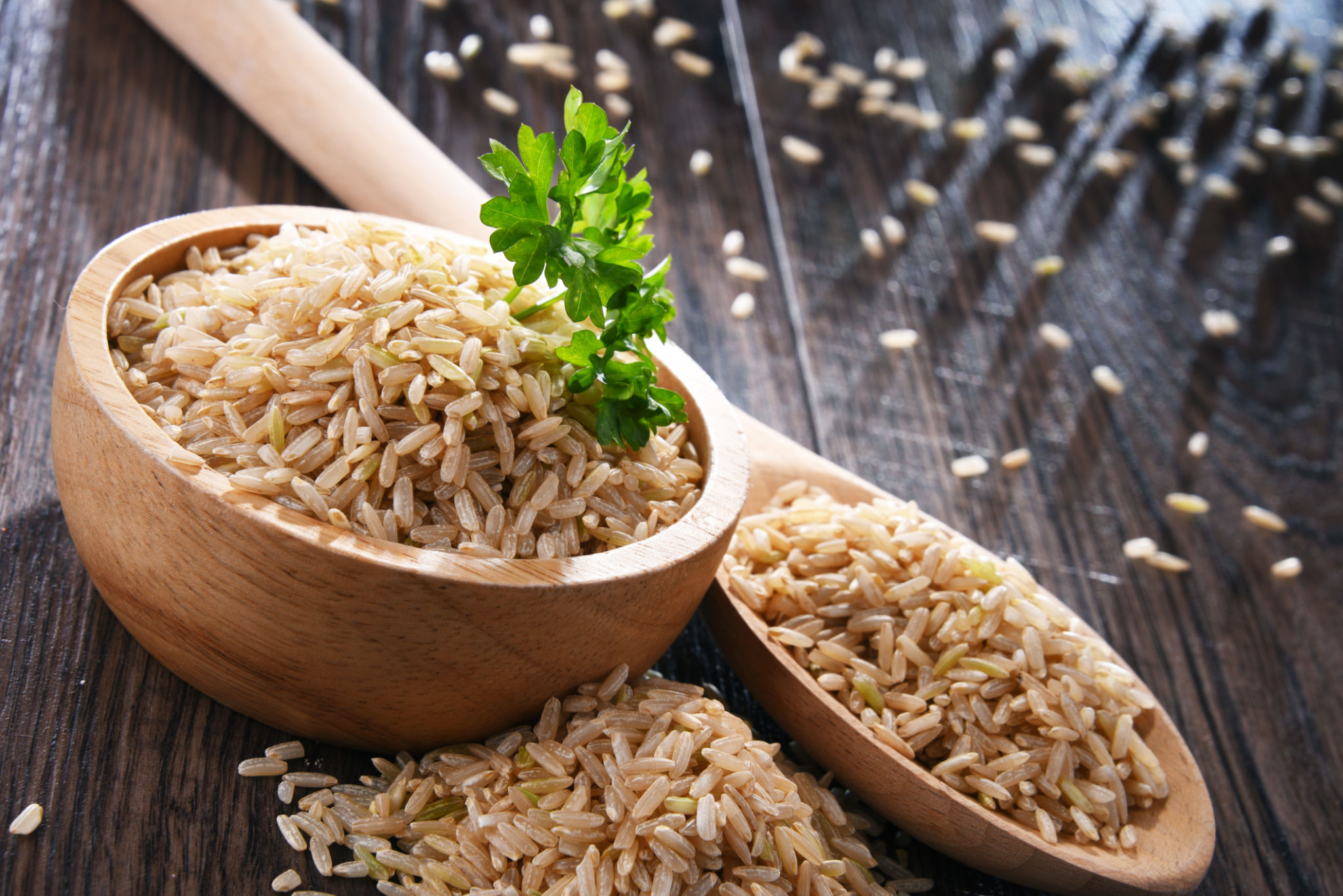Healthy Eating Trends in Indonesian Cuisine
Exploring the Richness of Indonesian Cuisine
Indonesian cuisine is a vibrant tapestry of flavors and ingredients, reflecting the country's diverse culture and history. As global interest in healthy eating continues to rise, Indonesia’s rich culinary tradition offers a wealth of nutritious options that are both delicious and wholesome. From the bustling streets of Jakarta to the serene beaches of Bali, traditional dishes are being reimagined with a health-conscious twist.
With an emphasis on fresh ingredients and traditional cooking methods, many Indonesian dishes naturally align with modern dietary trends. Let's dive into some of the popular healthy eating trends within Indonesian cuisine.

Embracing Plant-Based Ingredients
One significant trend is the increased use of plant-based ingredients. Indonesian cooking has always made extensive use of vegetables, legumes, and grains. Dishes such as gado-gado, a salad made with boiled vegetables, tofu, tempeh, and a rich peanut sauce, offer an abundant source of nutrients while being entirely plant-based.
Tempeh, a fermented soybean product originating from Indonesia, is gaining international recognition as a superfood. Rich in protein, fiber, and probiotics, tempeh serves as a versatile ingredient in many dishes, providing a healthy alternative to meat.

The Rise of Spice for Health
Indonesian cuisine is renowned for its bold use of spices. These spices not only enhance flavor but also offer numerous health benefits. For example, turmeric, a staple in many Indonesian dishes, is known for its anti-inflammatory properties. Other commonly used spices like ginger and lemongrass contribute to improved digestion and circulation.
By incorporating these spices into everyday meals, Indonesians are embracing a natural way to boost their immune system and enhance overall well-being.

Fermented Foods for Gut Health
Fermented foods are another cornerstone of Indonesian cuisine that align with current health trends. Beyond tempeh, dishes like sayur asem, a sour vegetable soup, utilize fermented ingredients to promote gut health. These foods are packed with probiotics that support digestive health and improve nutrient absorption.
The traditional preparation methods used in making these foods ensure that they retain their beneficial properties, offering a delicious way to maintain a healthy gut microbiome.
The Shift Towards Whole Grains
Whole grains are increasingly becoming a staple in Indonesian diets. Substituting white rice with brown rice or other whole grains like quinoa and millet is gaining popularity among health-conscious Indonesians. This shift provides additional fiber and nutrients while helping to regulate blood sugar levels.
Healthy grain-based dishes such as nasi goreng made with brown rice or bubur sumsum, a coconut rice porridge, are becoming more prevalent in both homes and restaurants alike.

Incorporating Fresh Seafood
With its extensive coastline, Indonesia boasts an abundance of fresh seafood. Fish such as mackerel, sardines, and tuna are rich in omega-3 fatty acids, which are essential for heart health. Grilled or steamed preparations preserve the nutritional value of seafood while providing a lean source of protein.
Seafood-based dishes like ikan bakar, which features grilled fish marinated in a spicy sauce, are not only flavorful but also align with healthy eating practices.
The Future of Indonesian Cuisine
As the trend towards healthier eating continues to grow, Indonesian cuisine is well-positioned to satisfy both traditional tastes and modern health concerns. By embracing its native ingredients and time-honored cooking methods, Indonesia offers a rich culinary experience that is both nourishing and exciting.
Whether you're exploring new flavors or seeking nutritious meal options, Indonesian cuisine provides an appealing array of choices that cater to diverse dietary preferences.